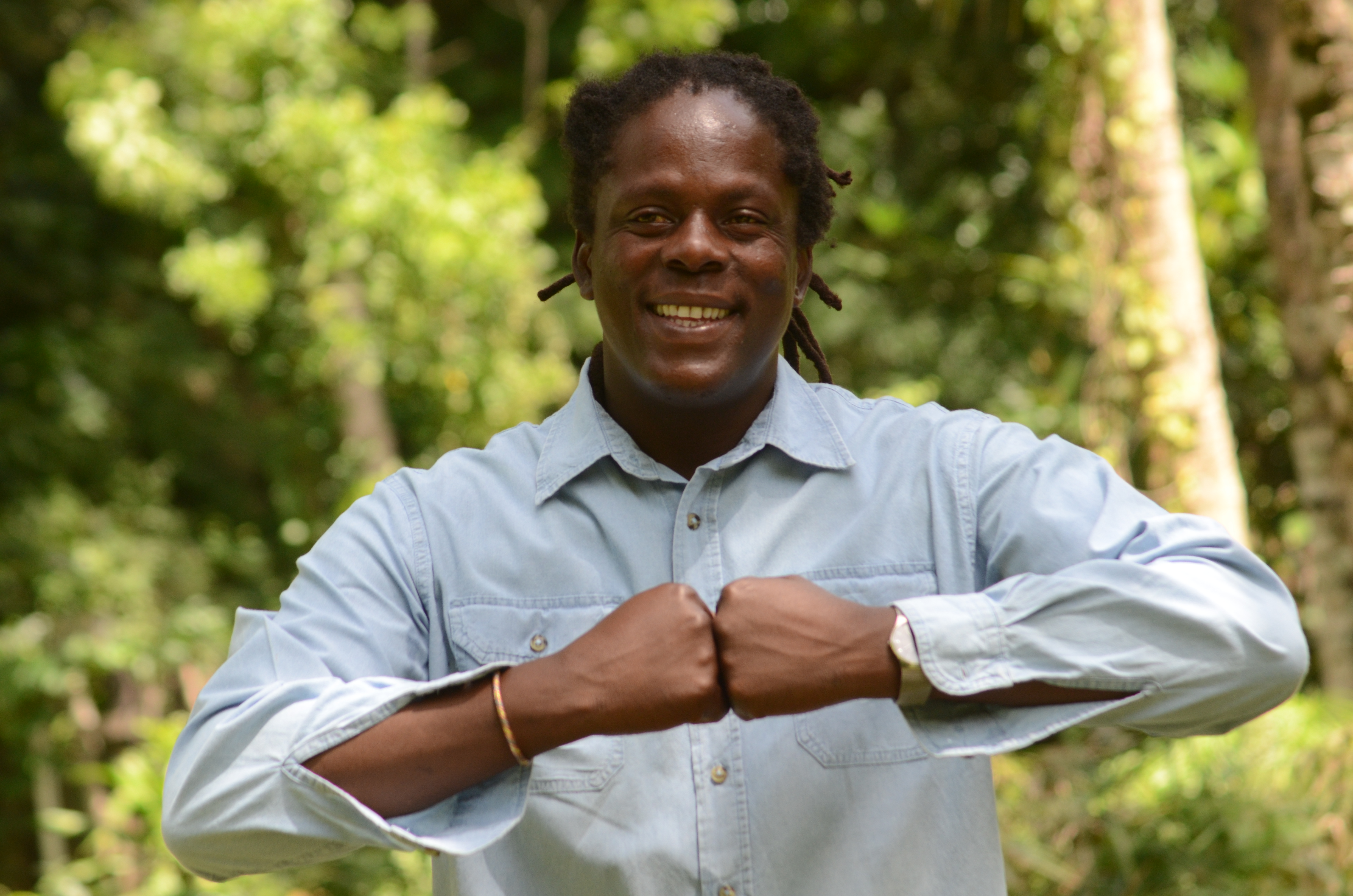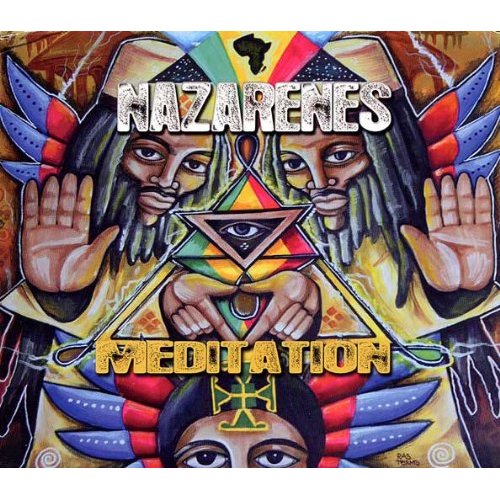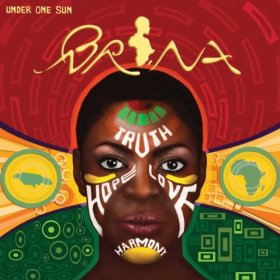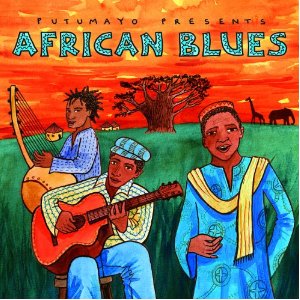“Bob Marley’s Last Known Interview”
Aricorn International Pictures, Inc. (Home Video)
Chuck McNeil, Director
Running Time: 42 minutes
12.2.2000

If you’re interested in Robert Nesta Marley’s life and philosophy, as well as his music, this video is worth the price, particularly because it shows Bob in a unique context, conducting a reasoning with other members of the Wailers to a primarily Afro-American group of interviewers.
But first a qualifier, and a criticism. The producers of this video do not inspire confidence when they claim, on the cover of the video, that the interview took place in Los Angeles in 1981, three weeks before Marley died in Miami of brain cancer. Maybe they just meant this as a marketing ploy, since they claim that this is “the LAST known in-depth interview of the man and his religion.”
The video quite obviously takes place at the University of California-Los Angeles on the 1979 “Survival” tour. In the spring of 1981 Bob was dying in Germany. It is assuredly NOT the last in-depth interview Bob did. Gil Noble filmed an interview in New York in 1980, just before Marley collapsed, as did Earl “Rootsman” Chin.
The cover also states “This tape has never been seen before.” This is a false claim. The interview in its entirety may not have been seen before, but excerpts have. Bob’s comments about Marcus Garvey on this tape, for instance, appear on Time Will Tell.
About the on-camera introduction of the director, probably the less said the better. In fact, there is such an air of hucksterism about the whole package that many serious Marley fans might never look beneath the surface. And that would be a mistake. In fact, if you ignore the package, and fast-forward past the introduction, this interview is a treasure.
The video is like a time capsule, and it reveals some new facets of Bob and his crew. The most fascinating segment to me, was how Bob and his massive responded to an Afro-American intellectual in a cofi cap, presumably a grad student or Lecturer at UCLA, who queried:
“What would you say to those people who say that revolutionary music can only be made from within the revolution? That since you are here, that you can’t write about the African revolution?”
The responses are illuminating. First Neville Garrick, Bob’s light-man and designer (who had studied under Angela Davis at UCLA) remarked: “I would say, ‘soon we’ll find out who are the real revolutionaries.'” Then Bob delivers the follow discourse, beginning with a slightly amused expression, which I have condensed and slightly paraphrased:
“We don’t even claim to be revolutionaries [in that sense]. In Jamaica, we know our history through slavery. But in the West, up until a few years ago, you couldn’t even talk to your own black man about Africa. Him tell you he nah deal with it. It was terrible…” Then turning suddenly serious and passionate, Bob said: “I wanna tell ya: if them want to win the revolution, them have to win it with Rasta. Cuz if you win another way, you have to go fight again. When you’re Rasta and you win, there’s no more war.”
Finally, after Bob has finished, guitarist Junior Marvin adds his analysis of “the root of the problem”: “If you study the lyrics to the song ‘War,’ you’ll see what His Majesty had to say about it. And if you can base your life on that philosophy, then you become a Rasta.”
Over the past year, I have been showing this clip to audiences all over the United States, and in Great Britain, as a means of talking about what Bob meant by a “real revolutionary,” and also as part of my discussion of Bob’s critique of racialism.
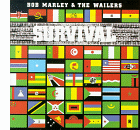 Part of what is going on here is Bob’s commentary on why he had not been able to bring his message to Afro-Americans. This was partly because many of them wanted to hear nothing about Africa during this time. Black DJ’s were dismissing reggae as “jungle music.” So Bob begins by making the point that African is not really separate from Jamaica, because of the legacy of slavery. This connection is made explicit by Neville Garrick’s use of a drawing of a slave ship’s human cargo on the cover of Survival. (This image was originally published by British abolitionists about 1789**).
Part of what is going on here is Bob’s commentary on why he had not been able to bring his message to Afro-Americans. This was partly because many of them wanted to hear nothing about Africa during this time. Black DJ’s were dismissing reggae as “jungle music.” So Bob begins by making the point that African is not really separate from Jamaica, because of the legacy of slavery. This connection is made explicit by Neville Garrick’s use of a drawing of a slave ship’s human cargo on the cover of Survival. (This image was originally published by British abolitionists about 1789**).
The rest of Bob’s comments are an interesting variation of his previous statements on what it meant to be a revolutionary, and whether he was or was not one. The reference here, of course, is the famously ambiguous line from “Zimbabwe”: “Now we’ll find out who are the real revolutionaries.” Bob would repeat this line to the I-Threes in Zimbabwe in 1980, when they ran off stage after getting tear-gassed during Independence ceremonies.
In a 1980 interview to a New Zealand reporter, excerpted on Time Will Tell, Bob claimed: “Me and this massive is a revolutionary. We don’t take no bribe from nobody: we’re fighting single-handed with music.” But here, he elaborates a variation on the Gandhian principle that “an eye for an eye leaves the whole world blind.” Violent revolutions seem to inevitably bring to power a “new boss” who, although previously oppressed, once in power, turns into an oppressor. This is the cycle of his-story. We have seen it in Yugoslavia. We have seen it in the tribal war between the Hutus and the Tutsis. And this cycle continues on many levels beyond physical violence. People become like what they hate, when they are centered obsessively on their enemy. Thus we see Cuban exiles engaging in thug-like tactics that mirror those of the Castro regime they treat as a sort of antichrist. We see some Afro-centrists becoming a carbon of the white supremacists they claim to oppose.
The only way to break this cycle, Bob is saying, is through a revolution in consciousness. A revolution that goes beyond merely naming what it opposes, and learns to create a more attractive alternative. Bob’s more attractive alternative to the history of racial oppression, and to the racialism perpetuated by people of all colors, was Rasta. And Rasta was a trans-racial philosophy: on one level, it is explicitly a philosophy of black liberation. But as Junior Marvin’s comments make clear, it is also a philosophy of a multi-ethnic community and culture, open to anyone who puts into practice Selassie’s vision of equal rights “without regard to race.” That is, especially given the roots of Rasta in opposition to “white oppressors,” a remarkably inclusive definition of community. And this revolution in consciousness would require a complete re-thinking of the definition of revolution which Bob’s questioner, presumably an advocate of “Black Power,” had in mind. Or the definition of a “true revolutionary” advocated by another rebel icon, Che Guevara.
There are a number of other revealing moments in this interview. For instance, near the end Bob spells out his view of Rasta as a “third way”: “In this world, you have America, and you have Russia, and you have Rasta,” he says. “It’s that simple.” Rasta is neither about capitalism, nor socialism, but the Inity of the consciousness of those who praise a living God: Jah Rastafari. Who seek not only to sight, but to live out the more attractive alternative to the Babylon System.
Near the beginning of the tape, we get a glimpse of Bob’s conflicted attitudes on women. An Afro-American woman sitting in front of the band asks about Bob’s view of the place of women in Rasta.
“All of us come from woman,” Bob answers. When she asks him to be more specific, he acts very uncomfortable. He calls Judy Mowatt (a member of the I-Threes) and says he doesn’t understand where the question is coming from. So Judy comes on camera, and is asked: Are women Rastas viewed as domestics? Or something more? Judy says that, yes, in the beginning, women were seen as only domestics. But now women were going on the road, leaving their children at home, fulfilling their talent.
The subject of Bob’s attitudes towards and relations with women is sure to receive an increasing amount of attention in the future. Jeremy Marre’s documentary Rebel Music: The Bob Marley Story, which will air on PBS in February 2001, contains fascinating material in this regard. It has excerpts of Bob’s interview with Esther Anderson, around 1973, in which Bob, when asked if he has a “Queen,” asserts his rights to “all the queens.”
One can only hope that more videotaped interviews with Marley are made available to the general public. There is certainly a market for it—a market large enough to warrant better packaging. Despite it’s tawdry and self-serving wrapping, this so-called “Last Known Interview” gives us an invaluable glimpse of “the man behind the name,” as M.C. Lyte says on her remake of “Jamming” on Chant Down Babylon.
Although the wear and tear of touring and cancer on Bob’s health is somewhat evident here, this is indeed one of the last-known filmed interviews with Bob before his health began its dramatic downward spiral in 1980.
——————————————————-
 ** For more information about the origin and dissemination of this image from the Society for the Abolition of the Slave Trade, check out “Blind Memory: Visual Representations of Slavery in England and America 1780-1865” by Marcus Wood.
** For more information about the origin and dissemination of this image from the Society for the Abolition of the Slave Trade, check out “Blind Memory: Visual Representations of Slavery in England and America 1780-1865” by Marcus Wood.
